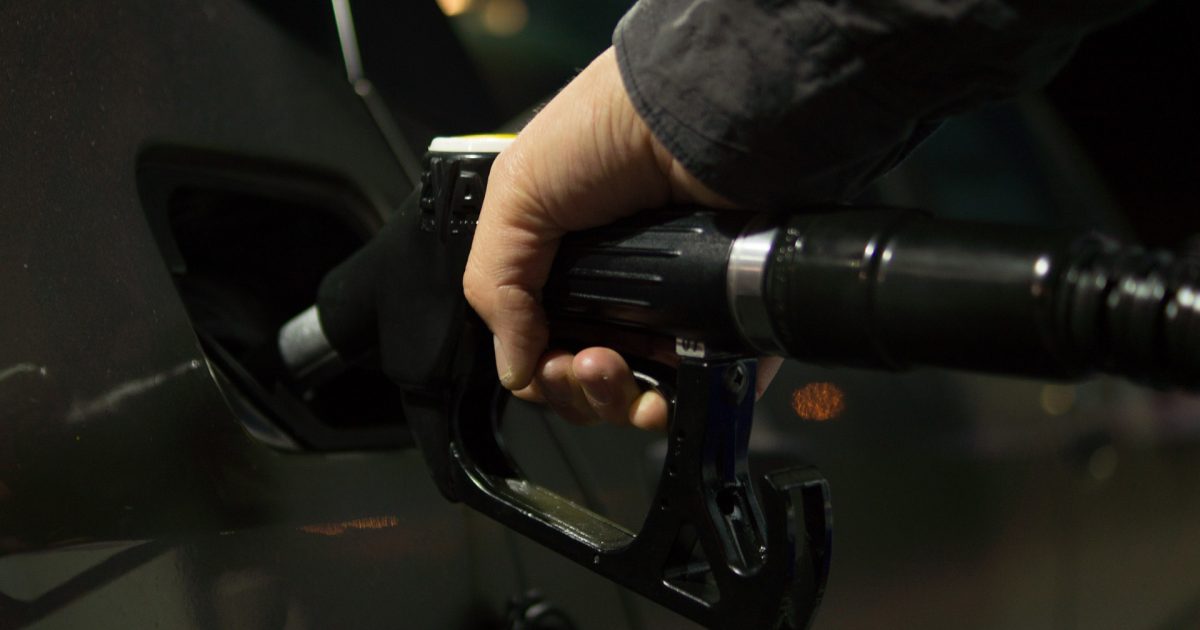Average petrol prices in Australia’s five largest cities increased significantly in the December 2017 quarter and hit their highest levels since 2015, according to the ACCC’s latest quarterly petrol report.
The ACCC found that average petrol prices in Perth, Adelaide, Brisbane, Sydney and Melbourne increased by 12.6 cents per litre in the quarter to 135.1 cents per litre.
“Motorists can fight back against these high prices by using fuel price websites and apps to shop around. Consumers can save significantly by timing their purchases during the price cycle, which encourages retailers to be more competitive,” ACCC Chairman Rod Sims said.
“Retail prices in the larger capital cities can vary by around 25 cents per litre to 30 cents per litre near the time that price cycles are increasing. The ACCC website has information on price cycles in the five largest cities and provides tips on when to buy petrol.”
Three factors contributed to the high retail prices in the quarter. Higher international crude oil and refined petrol prices and a lower AUD-USD exchange rate contributed around two-thirds of the increase in retail prices. The rest was due to high gross retail margins.
Gross retail margins, on both a quarterly and annual basis, are the highest recorded since the ACCC began monitoring them in 2002.
“Petrol retailers’ margins are the highest they have ever been and motorists are paying for it. Last quarter alone, average gross retail margins in the five largest cities were 14.2 cents per litre, an increase of 3.9 cents per litre from the previous quarter,” Mr Sims said.
Annual average gross retail margins in calendar year 2017 were more than 4 cents per litre higher than the average margin over the past 15 years, which was 8 cents per litre. Assuming similar margins for sales of all petrol types across Australia, this represents an additional cost to motorists of over $750 million per year.
“The ACCC accepts that some of the increase in gross retails margins has been due to increased costs; the information we have, however, indicates that this contribution does not explain the bulk of the increase,” Mr Sims said.
The ACCC’s role in monitoring petrol prices was extended by the Treasurer in December 2017. This monitoring role largely exists so that the ACCC can assist consumers navigate this complex and fluctuating market. The ACCC does not have the power to set prices or margins.
Impact of Brent crude and exchange rate
The price of Brent crude oil, the most widely used international crude oil price benchmark, reached its highest level in over two and a half years in the December quarter 2017. This was influenced by increased demand, and by crude oil production cuts announced by the OPEC cartel and other oil producers in late 2016. In the December quarter, these producers committed to extend the production cuts to the end of 2018. The increase in crude oil prices led to increases in international refined petrol prices.
In the December quarter, the AUD-USD exchange rate decreased by around USD 0.02. The exchange rate is a significant determinant of Australia’s retail petrol prices because international refined petrol is bought and sold in United States dollars in global markets. The lower exchange rate compounded the influence of the increase in international refined petrol prices on retail prices in Australia.
FuelWatch
Find the cheapest fuel in your area with FuelWatch.


